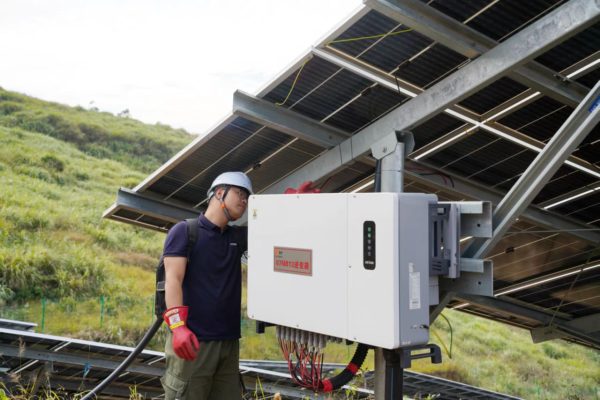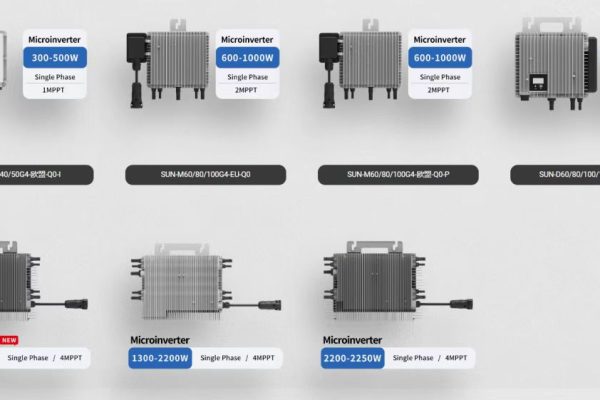What to Look For Beyond the Spec Sheet
When choosing a residential or small commercial energy storage system, product specifications like capacity, voltage, and power rating are obvious priorities. But for real-world performance and peace of mind, warranty and after-sales support matter just as much — especially in small projects where every dollar counts.
In this article, we’ll break down what small-scale buyers and installers should know about battery warranties, inverter service terms, and the types of support that truly make a difference post-sale.
Why After-Sales Support Matters in Small Projects
In small-scale deployments (e.g., 5kW/10kWh to 50kW/100kWh systems), clients often lack on-site technical teams. So if something goes wrong:
- Replacing a battery module takes time and coordination
- Diagnosing inverter errors can delay system uptime
- A non-responsive supplier creates frustration and cost
For end users, stability and response speed are more valuable than just specs.
As a result, small projects benefit most from suppliers who combine product with service — not just hardware.
What to Expect in a Typical Battery Warranty
Most lithium battery warranties fall into 5–10 year terms. However, not all warranties are created equal. Look for clarity in these key areas:
| Warranty Aspect | What to Look For |
|---|---|
| Warranty Duration | 5–10 years standard; some offer optional extensions |
| Throughput Guarantee | Total kWh over lifetime (e.g., 15MWh for 10kWh battery) |
| Cycle Count | Often 3000–6000 cycles depending on DoD |
| Capacity Retention | Guarantee 60–80% capacity after 10 years |
| Activation Process | Whether registration is required to activate warranty |
| Transferability | Can warranty transfer if system is sold |
| Exclusions | Overvoltage, overheating, poor installation, etc. |
📝 Example: A 10kWh LFP battery with a 10-year/6000-cycle warranty guarantees ~16kWh/day use, assuming 80% DoD.
Inverter Warranty Considerations
Inverter warranties are typically 5 years, with paid extensions up to 10 years. The key factors include:
- Response time: Does the brand or local partner help diagnose remotely?
- Swap policy: Can the unit be replaced quickly or must it be repaired onsite?
- Firmware support: Are software upgrades included?
- Regional repair: Is there a service point in your region?
Tip: Prioritize inverter brands with local technical presence or distributor support in your country or region.
Choosing a Vendor with the Right After-Sales Support
Ask your supplier these questions before buying:
- Do you offer technical support in English/local language?
Fast and clear communication is key. - How are warranty claims handled?
Do they require return shipment? What’s the replacement lead time? - Can you support remote debugging?
For hybrid inverters, remote diagnostics via RS485/WiFi is essential. - Do you provide installation and operation manuals in detail?
Quality documentation prevents problems. - Is there a dedicated support contact?
Having one person or a small team who knows your case helps tremendously.
Mistakes to Avoid
- ❌ Choosing the cheapest battery without warranty clarity
A 20% cheaper product may come with 0% after-sales reliability. - ❌ Assuming the installer will handle everything
If you’re a small developer or project buyer, be sure you can reach the manufacturer yourself. - ❌ Overlooking service contract options
For commercial buyers, optional O&M or monitoring services can reduce long-term risk.
The Role of a Technical Trade Partner
As a system buyer, especially in fragmented project markets, you may need someone who can:
- Pre-check compatibility of battery + inverter + EMS
- Explain warranty boundaries clearly, without surprises later
- Coordinate small-scale replacements without shipping delays
- Provide honest comparison between Tier 1 vs. Tier 2 brands in terms of warranty enforcement
Having such a partner is critical in projects where brand names don’t guarantee local support.
Red Flags in Warranty and Support
Be cautious if:
- The product has no serial number or batch label
- The warranty PDF is vague, missing throughput/cycle terms
- The supplier cannot confirm inverter compatibility
- After-sales inquiries go unanswered during your sourcing process
- “Lifetime warranty” is offered without clear metrics or a local entity
Case Snapshot: What Went Right
Project: Small community school in Southeast Asia
System: 15kWh battery + 5kW hybrid inverter
Issue: SOC stuck at 100% after 6 months
Resolution:
- Supplier had log access via RS485
- Problem diagnosed as BMS firmware bug
- Update file sent; inverter pushed update
- Issue resolved in 2 days — no shipping or replacement needed
👉 Because the vendor had remote access tools, knowledgeable support, and a committed contact, the school avoided weeks of downtime.
Tips for Installers and Distributors
If you’re reselling or installing systems:
- Work with OEMs that can supply spare parts in small quantities
- Set up a stock of 1–2 extra battery modules or BMS boards
- Build a relationship with your tech contact before issues arise
- Create your own simplified warranty explainer for end users
- Keep an issue logbook to track patterns and speed up support later
Summary: Good Service Is a Competitive Advantage
In small storage systems, you won’t have the budget or scale for expensive O&M contracts or long replacement times. That’s why warranty clarity and responsive support should be part of your evaluation process, not an afterthought.
When the battery or inverter is well matched to the site — and the vendor stands behind their product — you gain confidence, reduce downtime, and keep your projects running smoothly.
Whether you’re sourcing one cabinet or fifty, ask not just what the specs are — ask what happens after the sale.









